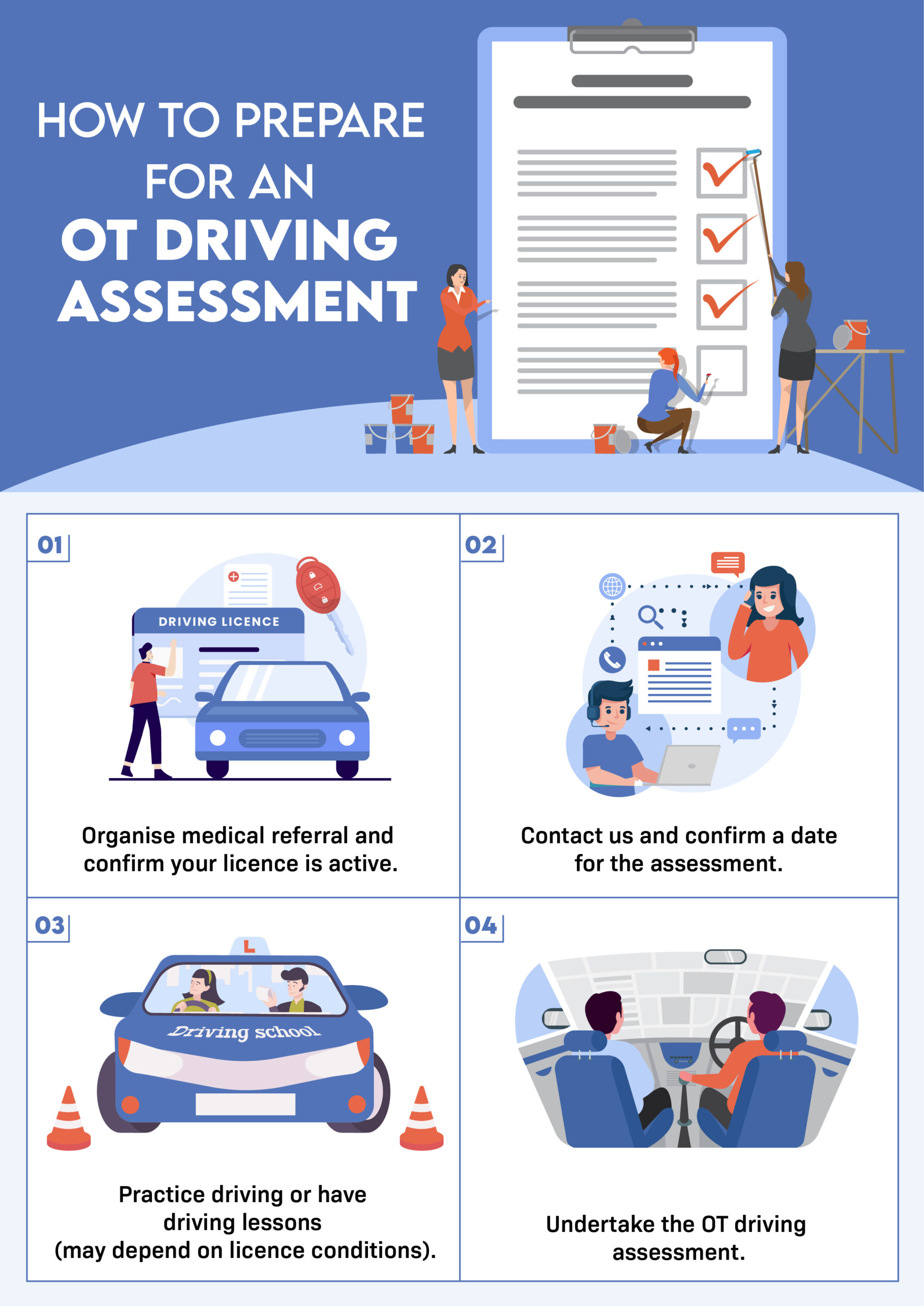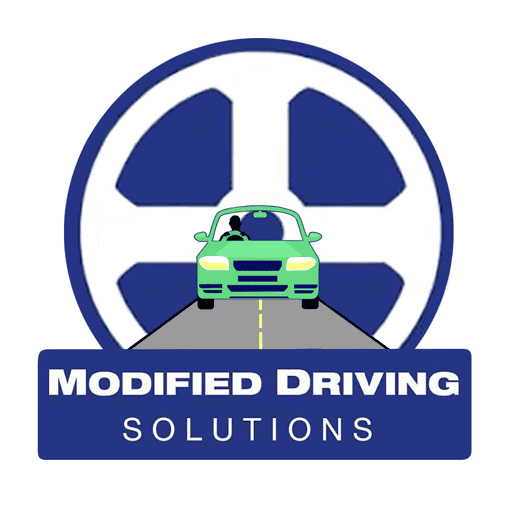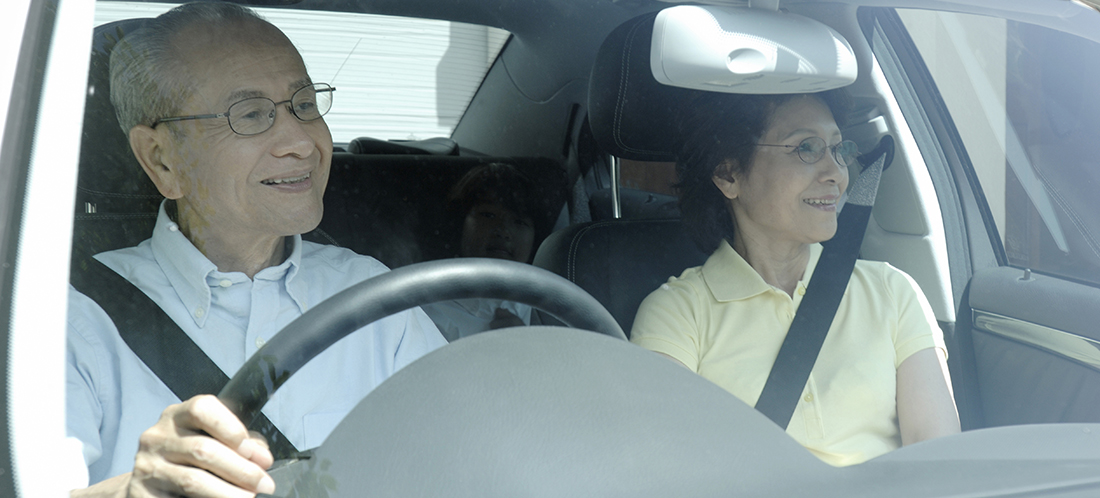Every year, approximately 1000 people lose their lives on Australian roads (source: National Road Safety). As Australians travel everyday, it can be easy to take road safety for granted. In most motor vehicle accidents, the incident was preventable and people could have taken measures to avoid the accident. Therefore, it is important that every driver considers what they can do to ensure not only their safety, but the safety and welfare of all road users. This includes not just other drivers, but also pedestrians and wildlife that is common on Australian roads. It is crucial to think about not only one’s personal behaviour when driving, but also about being a responsible owner of a vehicle.
Below is a list of some things you can do ensure you are keeping safe on Australian Roads:

Maintaining Your Health for Safer Driving
This may seem obvious, but research indicates that Australians often don’t fully consider their own health and well-being before getting behind the wheel. Driving while tired is common, and many accidents occur due to fatigue or falling asleep at the wheel. If you notice yawning, tired eyes, or general fatigue, take a rest before driving. On longer trips, consider taking regular breaks, staying nourished and hydrated, and sharing driving responsibilities where possible.
Being in good overall health is also essential for road safety. Regular check-ups with your GP—usually once every 1–2 years—can help identify conditions that may affect driving, such as sleep deprivation, heart problems, vision issues, or cognitive impairments. These factors are often considered during an OT driving assessmentand when doctors complete the RMS Fitness to Drive medical form to evaluate a person’s fitness to drive. Ensuring your health is monitored not only protects you but also supports accurate assessments of driving safety.
Medical Fitness to Drive and OT Driving Assessments
A driver medical is also known as an occupational therapy (OT) driving assessment. In NSW, this is the process which determines whether a person’s medical condition or disability is affecting their driving skills. It is also not common knowledge that when a person has a medical condition that potentially affects driving, it is the individual’s responsibility to inform the RMS. This applies when a medical diagnosis is confirmed, but also if there is no formal diagnosis but there is a medical concern or potential medical issue. If you are worried about your health, or if you are concerned that your exsiting diagnosis is worsening, make an appointment to see your GP as soon as you can. Your GP is generally the first step in appraising if a medical issue may impact on your driving capacity. Usually, you will then be referred for a driver medical where an OT will observe your driving. A practical driving assessment is the best way to gauge if your medical condition is affecting your ability to drive, to ensure that you are still driving safely.
Watching Out for Changes in Driving Ability
Sometimes, people may be worried that their family member or loved one’s health is failing to the point where their driving is becoming affected. A common example of this is when older drivers begin to show signs of cognitive decline. Family members may notice that the older person is becoming increasingly forgetful, gets lost more easily or shows behavioural changes that they are concerned about. In such instances, it is important to help the person see their doctor so these worries can be further investigated. This is crucial not only for the older person, but also for all road users. However, when a person who has been driving most of their life is faced with the possibility that they may be starting to lose this ability, it is often very difficult to accept. Navigating through the possibility that a medical issue may be infringing on someone’s driving skills requires careful discussion involving the person, their family and doctor.
Brush up on road rules and drive safely
Once drivers secure their licence, it can be easy to forget that road rules can change. We often no longer take the time to learn about any changes to traffic laws or rules. For example, in recent years, new laws regarding the use of mobile phones whilst driving have come into effect across NSW. It is important for drivers to keep up-to-date with any changes so that you utilise the road safely and legally. The NSW government also has the Road User Handbook availble on its website to encourage people to keep informed about the latest road rules in the state.
Of course, staying informed about road rules is only half of the equation – it is just as crucial to follow the rules of the road. This means that drivers must adhere to speed limits and advoid engaging in behaviours that increase the risk of accidents such as speeding and dangerous driving behaviours. This also includes not driving when under the influence of drugs or alcohol, and ensuring that you have an alternate option to get home when planning to consume alcohol. Often, this means organising a designated driver within your group or utilising taxis or Uber services when not you are not suitable to drive.

Why Every Driver Should Know First Aid
Knowledge of first aid is a handy life skill. As there is a reasonable likelihood that you will either be involved in a car accident or witness one at some stage throughout your lifetime, the ability to help an injured person is crucial and may save someone’s life. Skills such as knowing how to maintain a person’s airway or controlling any bleeding is often pivotal to ensuring best outcomes in an emergency. First aid courses are easy to find nowadays and are inexpensive, and offered at many organisations. Many employers also now train workers as part of their employment.
Check and Service Your Vehicle Regularly
Getting your car serviced is simple but crucial to increase road safety. It is important to keep updated with servicing your car as per the manufacturer’s recommendations, and to address any problems as soon as possible. Vehicle faults or poor condition of parts may lead to accidents. For instance, ensuring that you regularly check the condition and pressure of your tyres is a simple yet effective way to ensure your vehicle is road-worthy. This is particularly important when planning long road trips. If you have any concerns that your car is not functioning as normal, do not delay getting it checked by a mechanic.
It is the responsibility of all road users to safeguard our community. Hopefully this article has helped you become safer on Australian roads.


